Take 5 by Hans Ulrich Obrist
Despite their importance and extensive history, artists’ books are still a highly underrated medium. Rarely are they celebrated in museum exhibitions or collections on the same level as mediums such as photography, painting, film and sculpture. In fact, Yoko Ono’s book Grapefruit (1964) is a rare example of an artist’s book that has now reached this status, with it being shown centrally as a main work by Christoph Cherix and Kathy Halbreich in a MoMA collection display.
Éditions Take5, founded and directed by Céline Fribourg, is championing artists’ books and demonstrating the importance of this medium for our time. For Fribourg, making artists’ books has always been a labour of love, with the medium being a vehicle for experimentation, exploration and collaboration. The books that she makes with artists are multisensory spaces that engage readers in new and unexpected ways. One can understand each book as a small Gesamtkunstwerk: a total work of art that incorporates multiple modes of perception.
Éditions Take5 is notable for its commitment to collaborating with different disciplines, such as literature, science, and technology. As novelist and chemist C.P. Snow said, having two cultures – science and technology on the one hand and the arts and humanities on the other – is too divided and that we need to bring them together. Through its various projects, Éditions Take5 harnesses the book as a kind of third cultural space where different fields coalesce and overlap. In this, Fribourg’s work builds upon the interdisciplinary traditions of Surrealism and Dada, where art would commingle with other disciplines, especially literature.
One of editions Take5’s most recent artist’s books is a collaboration between artist Conrad Shawcross and Vladimir Kramnik, the former World Chess Champion. The resulting book, titled The Library of Absence, is a transversal and experimental proposition that delves into the subject of infinity. As part of the project, Fribourg interviewed Kramnik for a year and a half about pattern recognition and the many combinations of moves that are possible in a game of chess (as many as there are atoms in the universe). This understanding of the infinite was placed in conversation with Shawcross’ sculptural works, which through their abstract, non-repetitive patterns, are also a way to imagine infinity.
This unlikely pairing between an artist and a chess champion is demonstrative of Fribourg’s ability to direct projects that move fluidly between disciplines through projects characterised by deep research. In the spirit of the books’ status as une oeuvre d’art total, The Library of Absence was activated with two musical concerts featuring a violin and cello player. Moreover, when we met Shawcross recently, he showed us the book and it became a kind of performance. Like a portable museum, the book expanded beyond its pages to fill and transform a space. In both of these examples, it is a question of how to make the book live through conversation, connection with other forms of art, and, of course, the tactile engagement of the reader.
In addition to this junction-making between disciplines, Éditions Take5’s archive includes two books made with video artist Tony Oursler. The challenge in making both was how to create the sense of movement embedded within the medium of video on paper. For one project, titled Monsters (2005), the medium of the book became a way for the artist to leave a lasting trace from his ephemeral videos. The graphic designer, Philippe Millot worked with metallic ink, so that there was a sense of movement throughout. For a later book made with Oursler, A Walk in the Forest (2021), a video screen was incorporated within the paper in order to present a 15-minute work that Oursler made especially for the project.
Passage/s, a picture book made with artist Do Ho Suh (2022), is also concerned with taking the reader on a journey through time and space. Conceived as a voyage or time capsule, the book utilises LED lights and transparent film in order to move through different thresholds, each of which correspond to different places where the artist has lived. A text by writer Louis Philippe Dalembert furthered the physical experience of being pulled through different dimensions across each threshold, which used the notion of ‘pays-temps’ in order to show how we are a composite of the different spaces and times that we have inhabited.
In each of these projects, we see a combination of artisanal gesture and the latest technologies within printing, which is key to Éditions Take5’s experimental approach to bookmaking. A forthcoming book with Shahzia Sikander involves a designer who is working with the Massachusetts Institute of Technology to invent new printing technologies as part of a project about the interrelations of lace – a medium used by Sikander in her work – and our brain networks. Through a collaboration with the neuroscience department at Colombia University, they are exploring brain pathways and what this organ stores and clears out through various understandings of lace as a medium and instrument of power. The subject of this book with Sikander demonstrates a unique meeting point between art, science and technology, driven by Fribourg’s energy and commitment. She told me that in many books, she feels like a conductor of an energy that is beyond her. Making artists’ books is an alchemical process that can’t always be explained, but it becomes a powerful tool with which to try and understand the world.
As tools, it is also important that artists’ books maintain a certain accessibility. For those wishing to own them, they offer a more affordable option compared to buying original artworks. Most of Fribourg’s books are limited editions, involving an incredible amount of artisanal craft. These are not ‘beautiful objects’, but rather they are multisensory spaces where the design or skin of the book is in sync with its content. This is also why it is important that Éditions Take5 books are housed in museum collections, so that they may be displayed and accessed by audiences. Notable amongst these is the 2013 publication, Enveloppe-moi, by Annette Messager, which was commissioned by MoMA for its Library Council, and a photography book by the late artist, Gabriele Basilico, titled Beyrouth (2008), which allowed readers a more intimate experience of engaging with his images compared with large-scale prints in an exhibition – an experience that he always told me was preferable.
The archive of artists’ books that Friboug has built over the years forms the blueprint for how she might continue increasing access to them in the future, creating metaphorical ‘paperback’ versions of certain projects in order to wider their reach. Key to Éditions Take5’s ethos, however, is the longue durée of their making, always responsive to the resources available and allowing for new possibilities within the medium to emerge. It has only just begun.
-Hans Ulrich Obrist
Foreword
Everything in the world exists in order to be turned into a book.
Stéphane Mallarmé
A book’s always a breath, a rhythm, a providence.
Zeno Bianu, Satori Express
I created éditions Take 5 in order to materialise, in books conceived with passion, innovative collaborations between major contemporary talents in art, literature, design and graphics. I invite artists, writers, scientists and designers to participate in this enterprise. The links we forge between different works are meant to enrich our respective worlds, and those of our readers.
Unifying in a single project diverse forms of experience and
sensibility with regard to a new work –this is the humanistic challenge assumed by éditions Take 5. Each publication is an invitation to enter into a collective universe, a dynamic representation of a new, living collaboration and reflexion.
The artists’ book is one of the many forms of expression that
have been explored by artists, like painting, sculpture, engraving, performance and installations. Its intimate format means that it provides a way of looking at an oeuvre in its most profound essence. It is not an “art book“, or a book about art. It is a work of art. It is also a space on the human scale that articulates the signification of words, along with the visual, tactile and conceptual power of art, onto the aesthetics of the graphic form and the sensuality of paper, using a variety of printing techniques. All of this contributes to generating a unique emotion in the reader –at once intellectual, affective and sensorial.
Each book is minutely orchestrated and thought through.
The genesis and development of these books involves lengthy
discussions between the participants, sometimes leading in unexpected directions. Each of the works can be appreciated separately, but they can also, throughout the editorial process, resonate polyphonically in a free-form, productive dynamic. The aim of éditions Take 5, with this orchestration of confrontations and encounters between images, words, forms and materials, is to create transdisciplinary relations, connections and affinities between ideas, emotions and feelings in a nascent, open-ended discussion, unfettered by any rigid signifying intention.
Each book embodies a labile, indeterminate form of communication
centred on a theme chosen by the publisher in agreement with the different participants, who, though their cultural backgrounds may be diverse, are eager to communicate. And in order to promote dialogue between them, the format combines words and images in a novel way, as a sensory catalyst for inductive correspondences.
Éditions Take 5 publishes just thirty copies each of works that bring together original, signed photographic prints and specially-written texts. There is a range of artistic expression – painting, photography, video and film –and the texts may be literary, scientific, or poetic. Graphic designers work on a project specific basis, not confining themselves to conventional methods but exploring open-ended ideas. The traycases of the books are conceived as sculptures that represent the symbiotic “epidermis” of their content.
Ancestral artisanal techniques are deployed, as are the most
innovative crafts. Particular attention is paid to the materials used –wood, porcelain, resin, glass, composites– and to the successive stages of the production process.
A given publication may have contributors from a number of
countries, working in different languages for maximal international exposure, as an expression of the multicultural approach that characterises éditions Take 5.
Over the last twenty-five years, twenty-five books have been
published by éditions Take 5, one of them jointly with MoMA,
in 2013, and éditions Coromandel, from 1995 till 2002 (directed
by Céline Friboug, Alexis Fabry et Gregory Leroy). They have been
acquired by, and are displayed in, leading museums and institutions.
Céline Fribourg

Éditions TAKE 5 present
their new catalog:
download pdf
This email address is being protected from spambots. You need JavaScript enabled to view it.
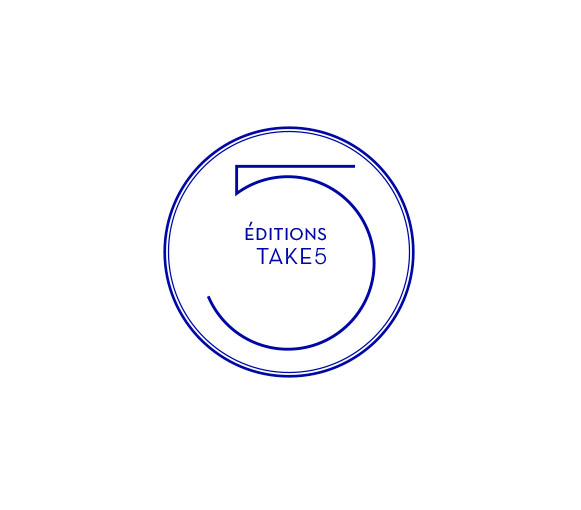
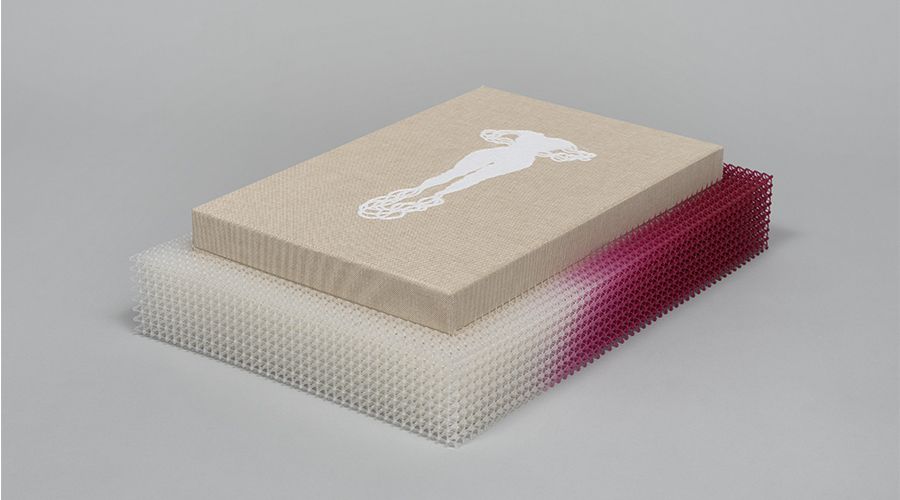
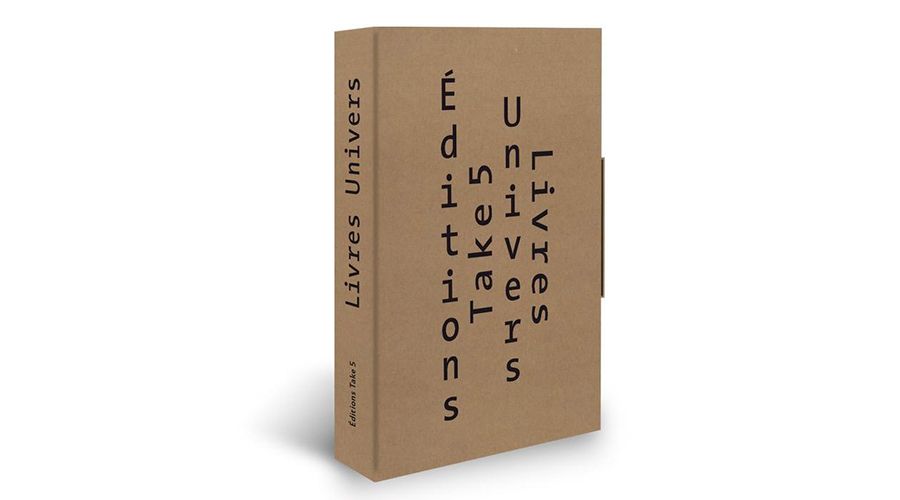
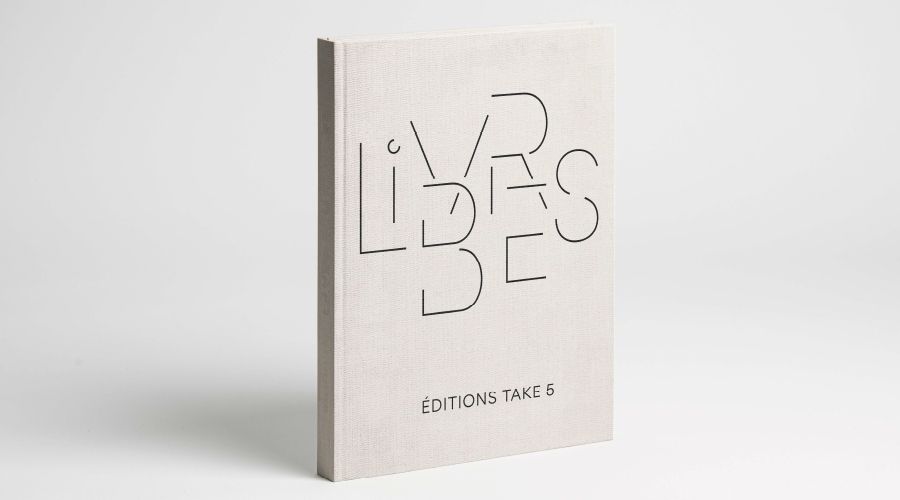

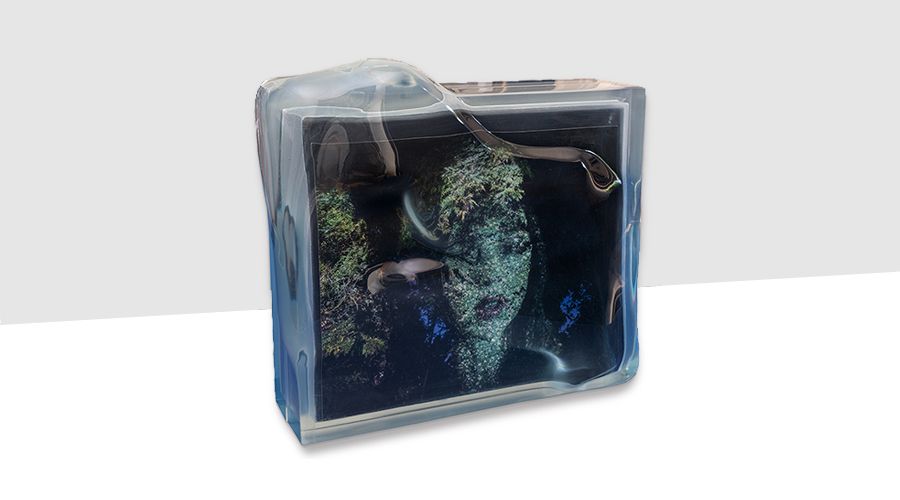
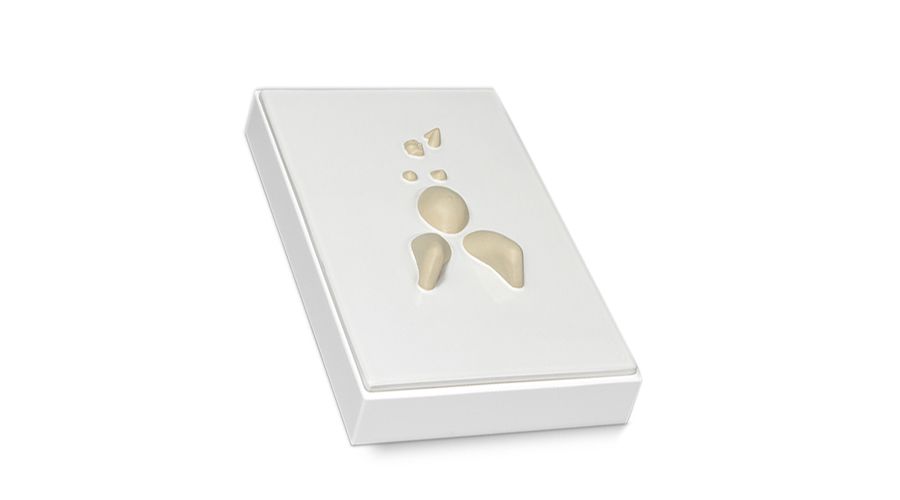
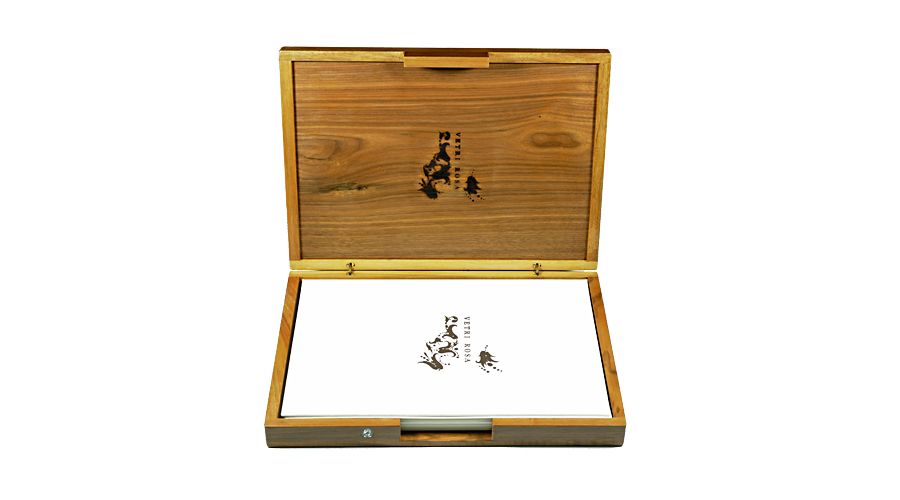
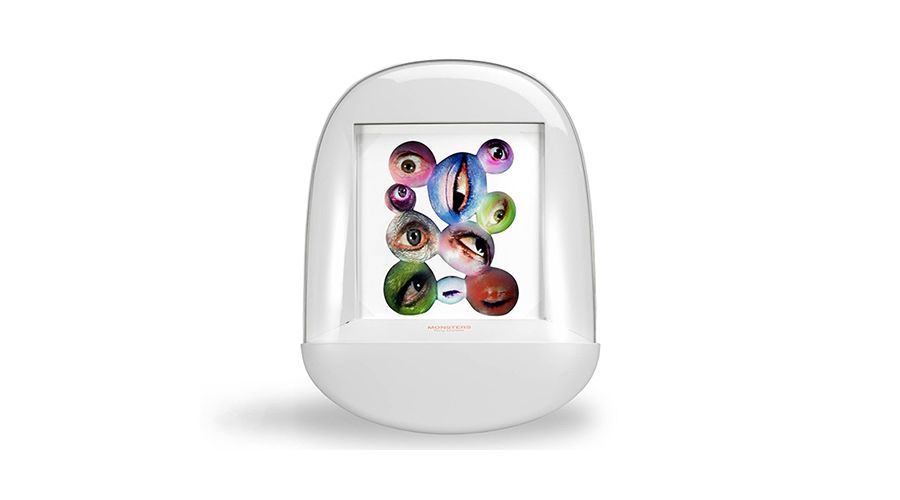
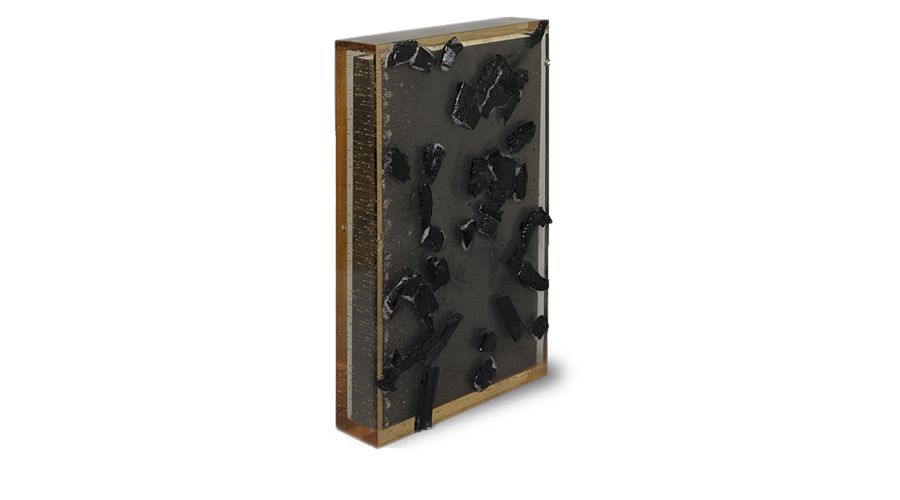
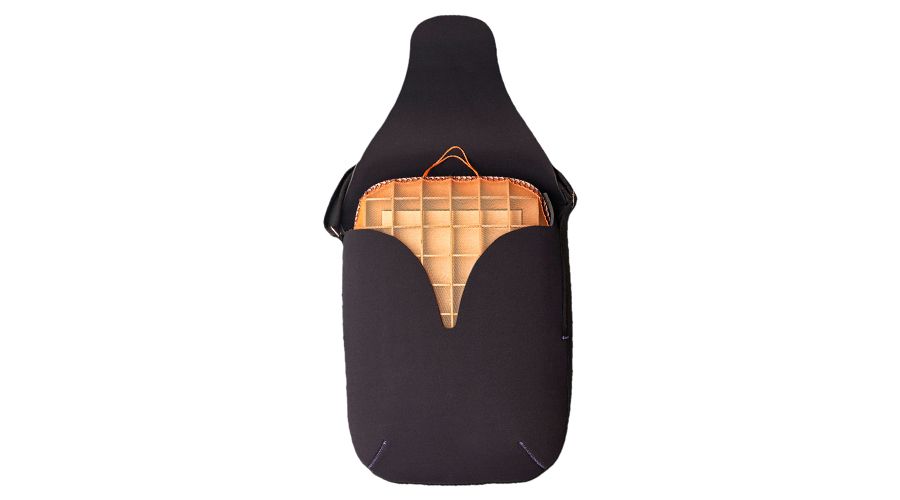
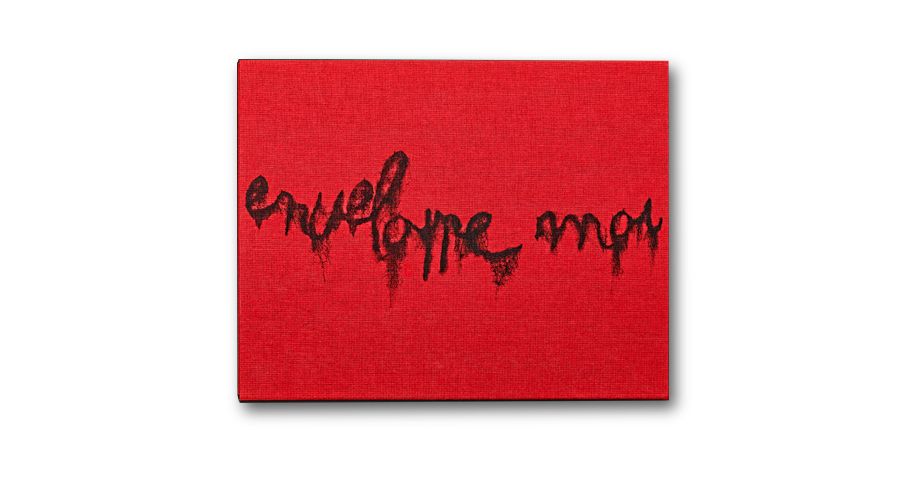
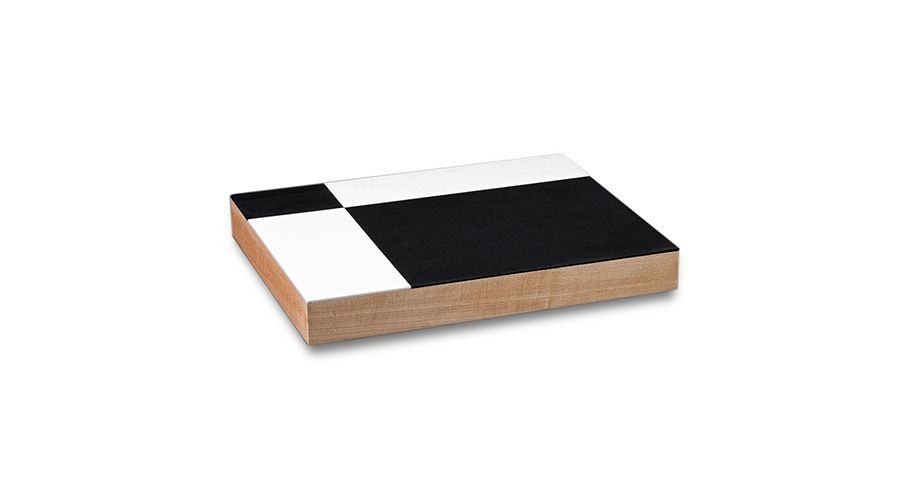
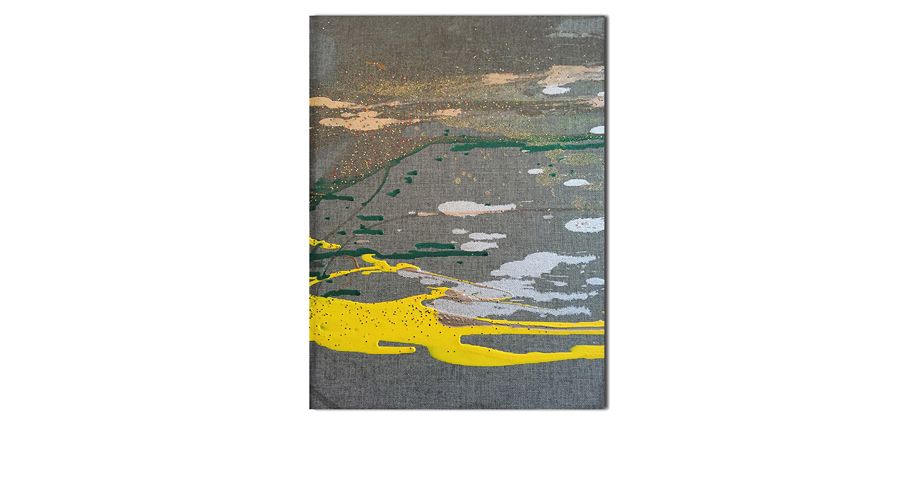
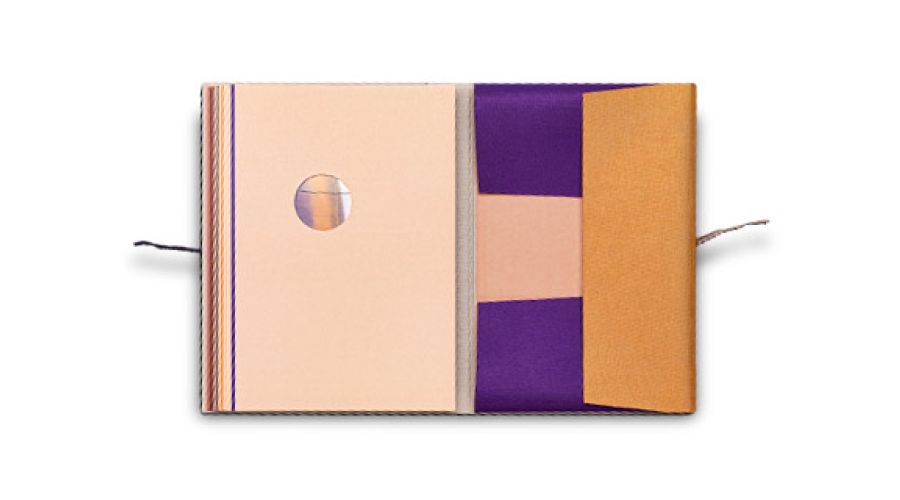
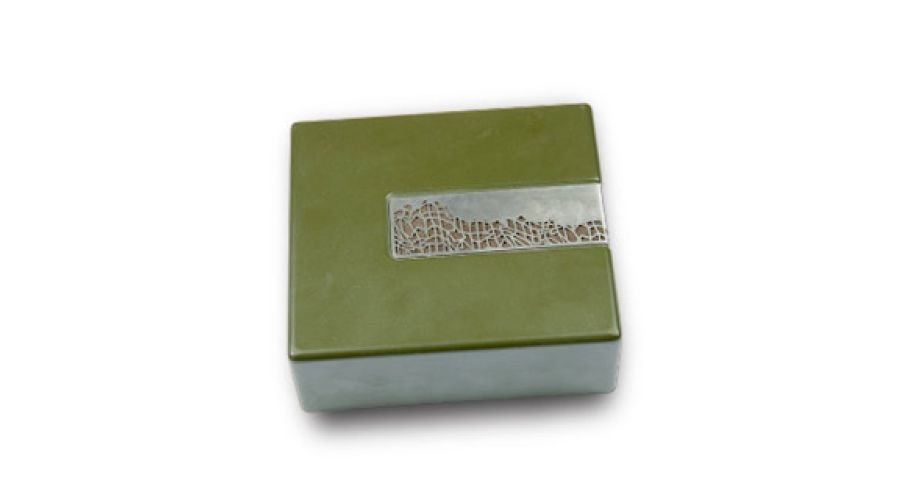
 FR
FR